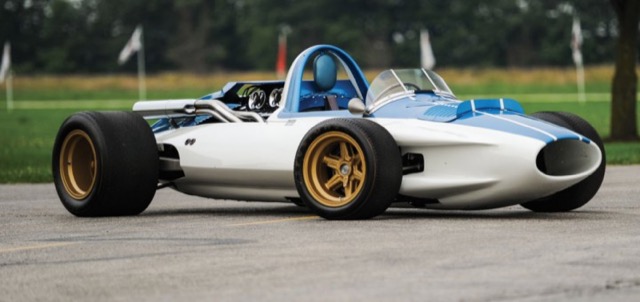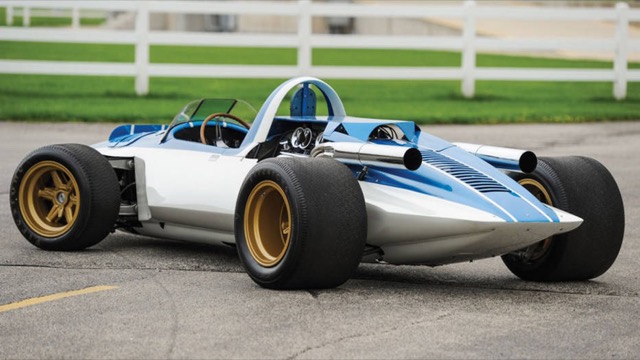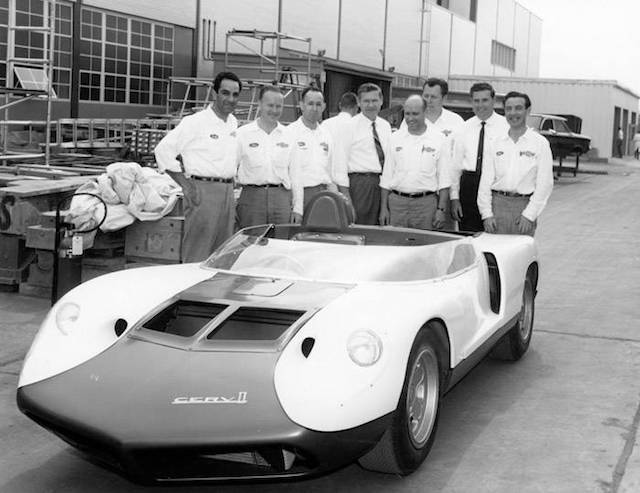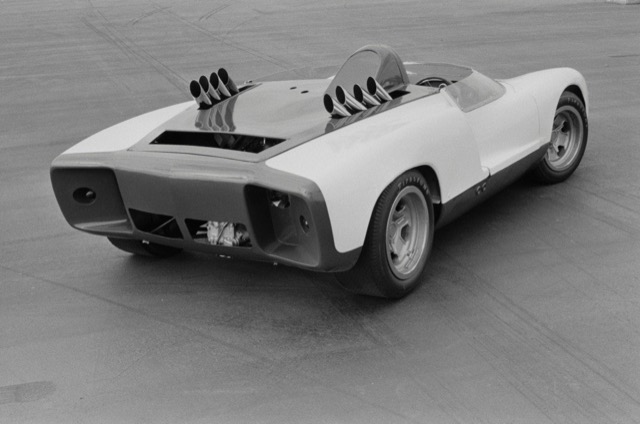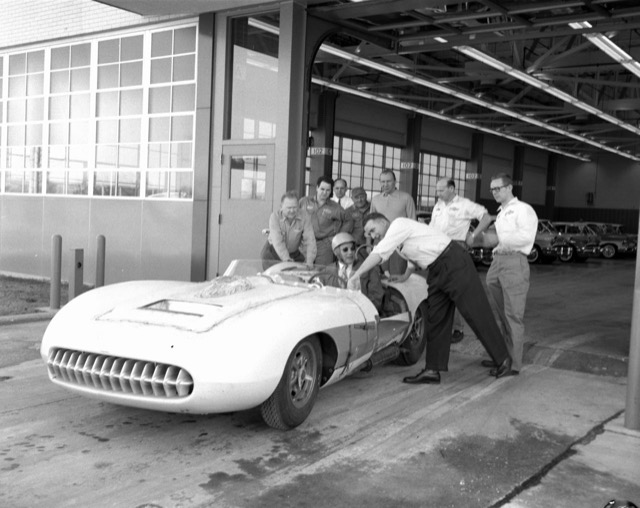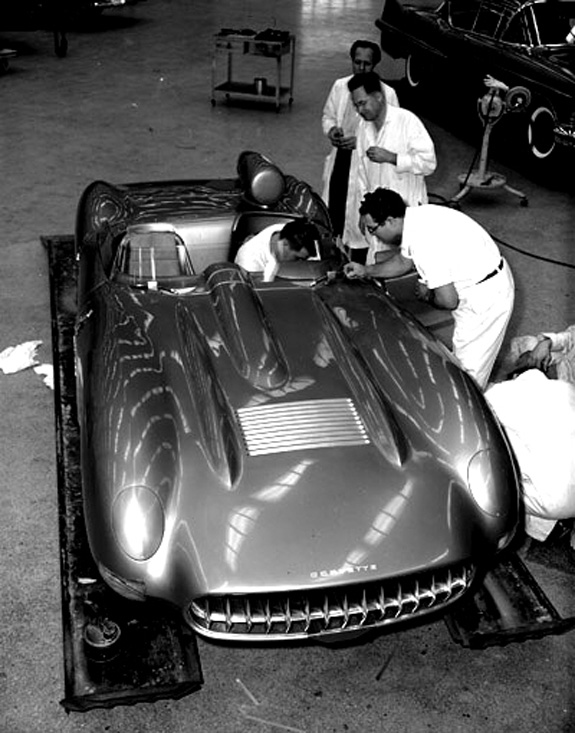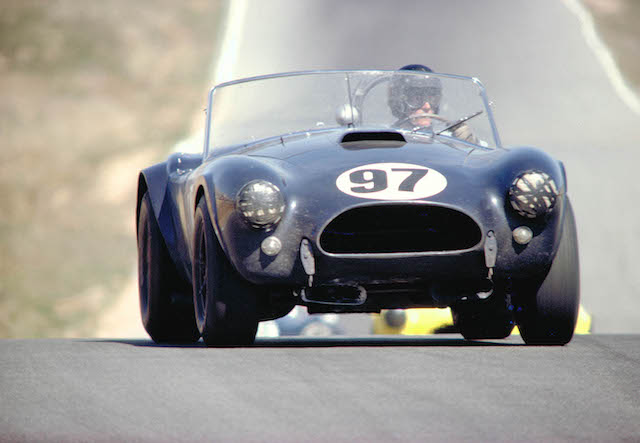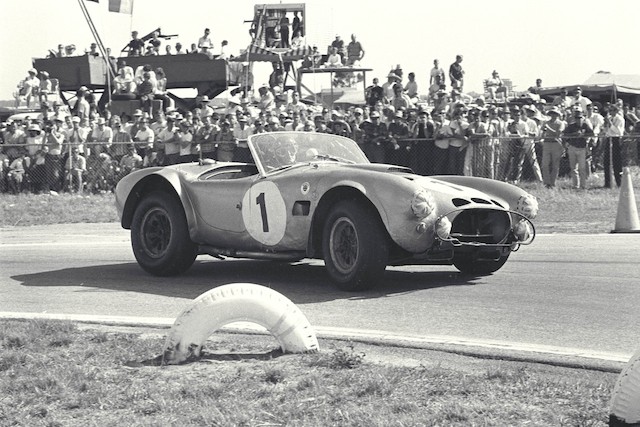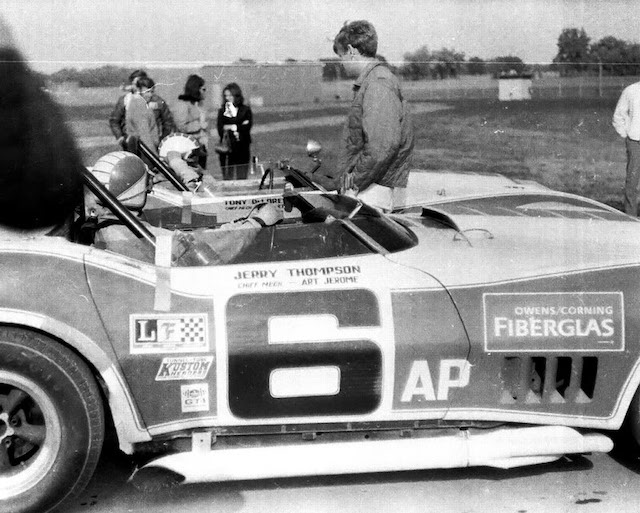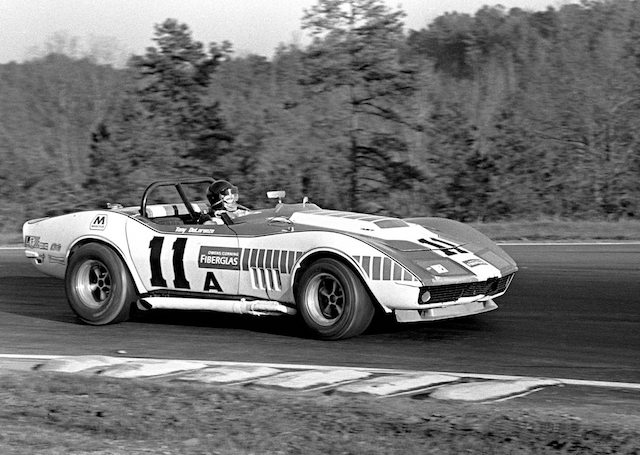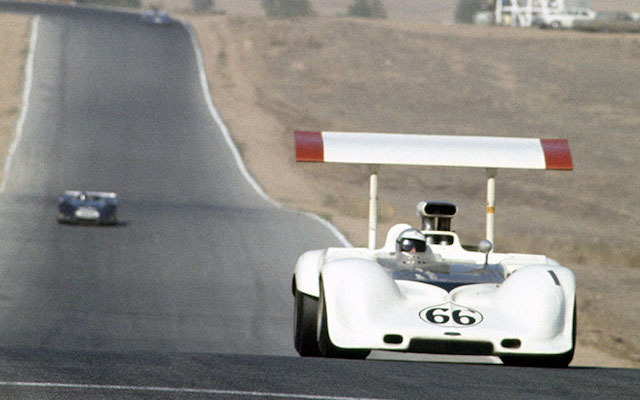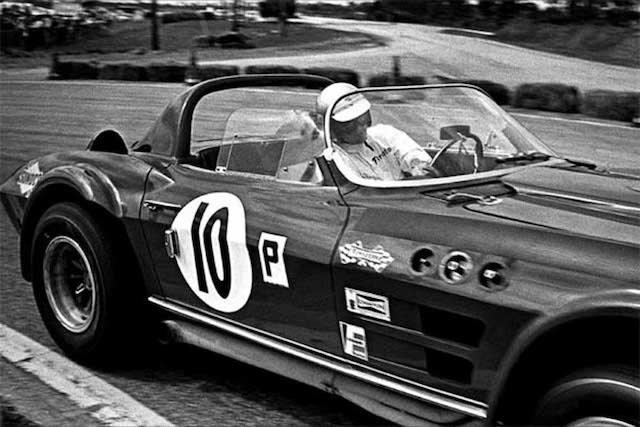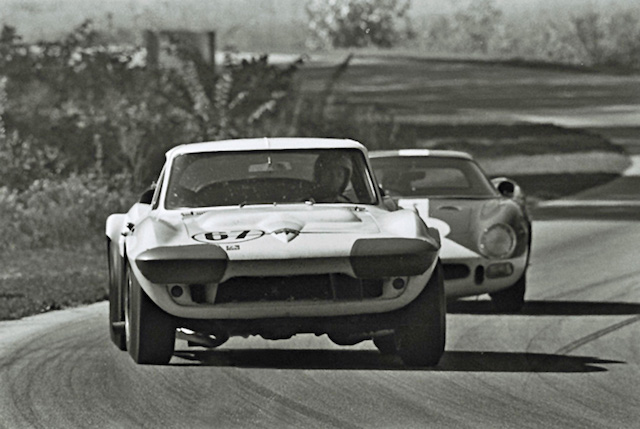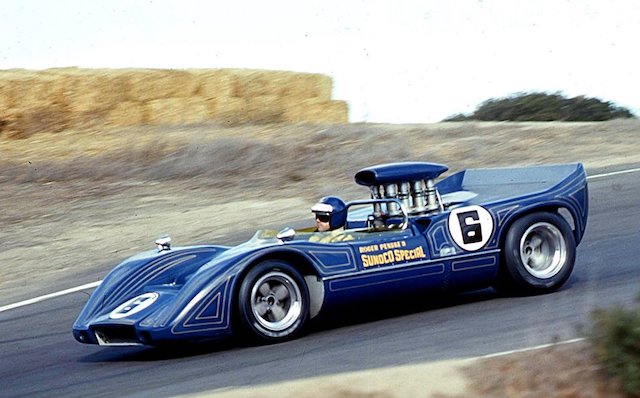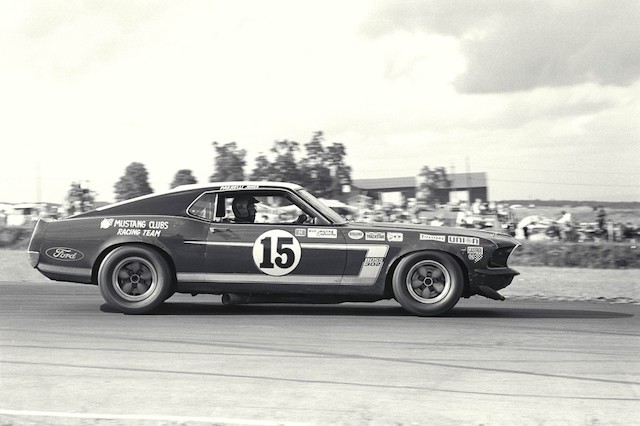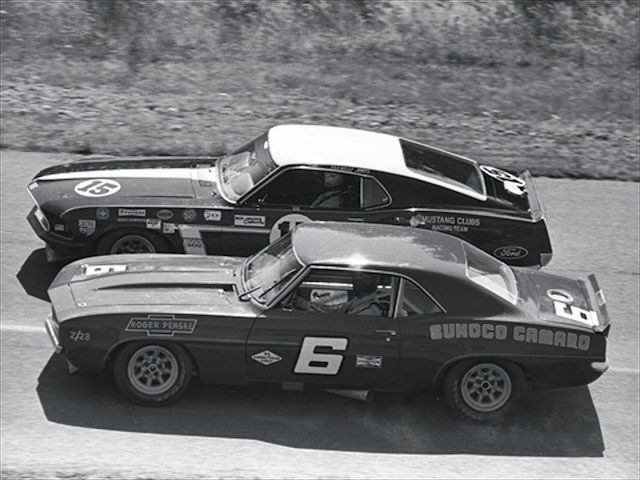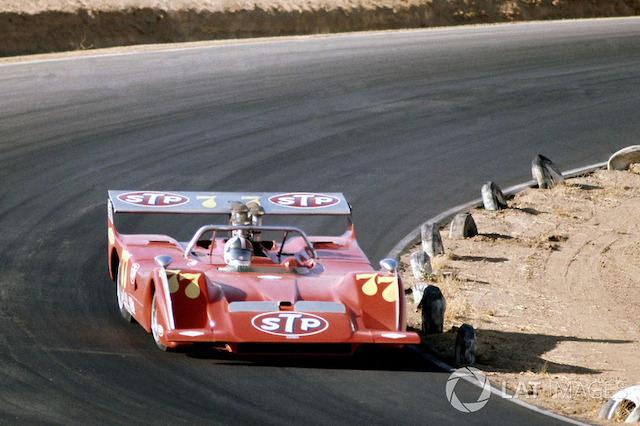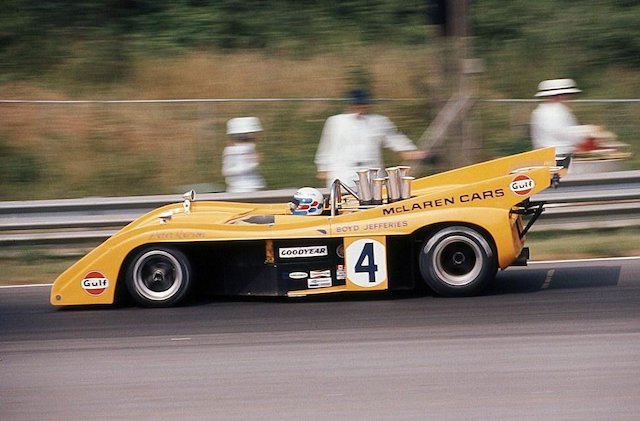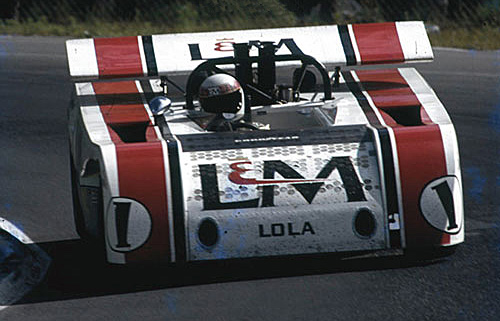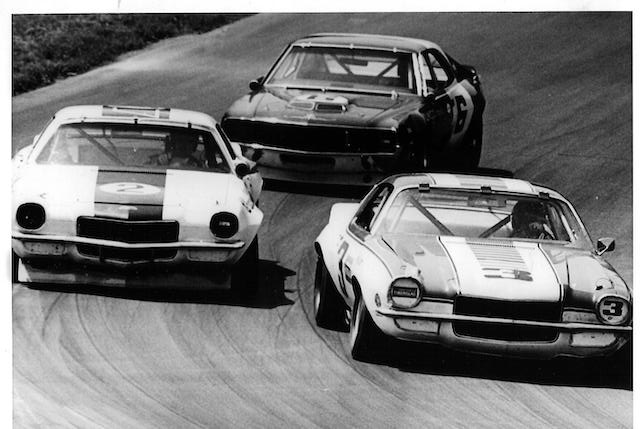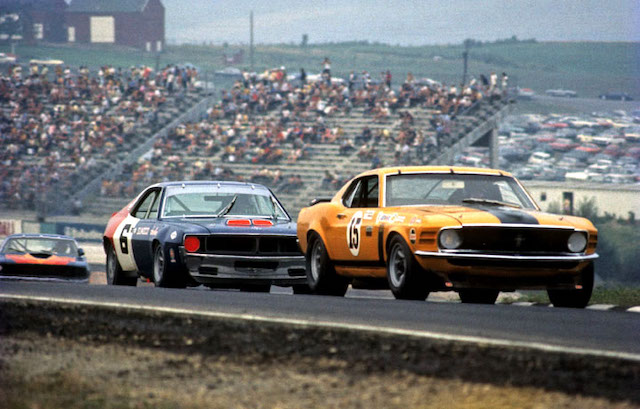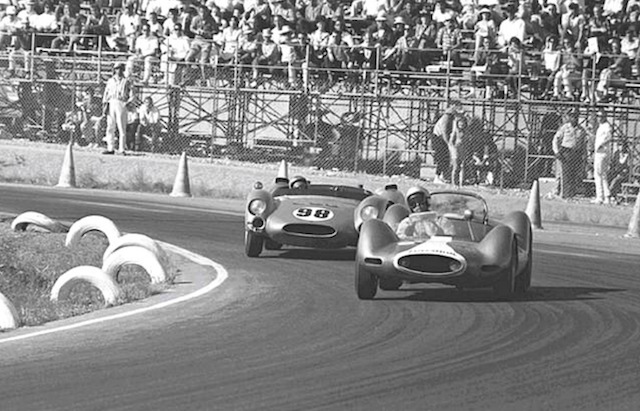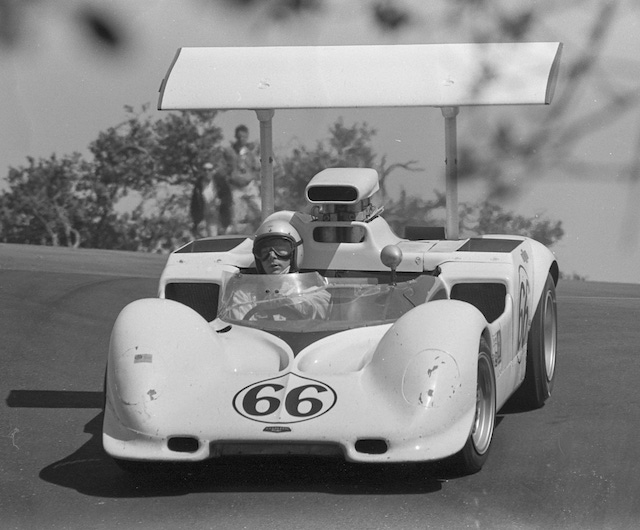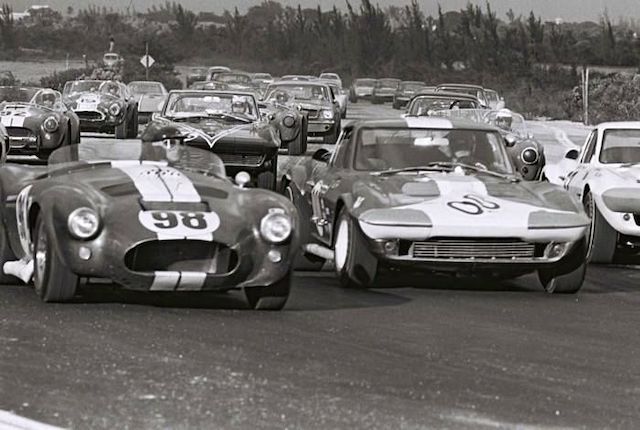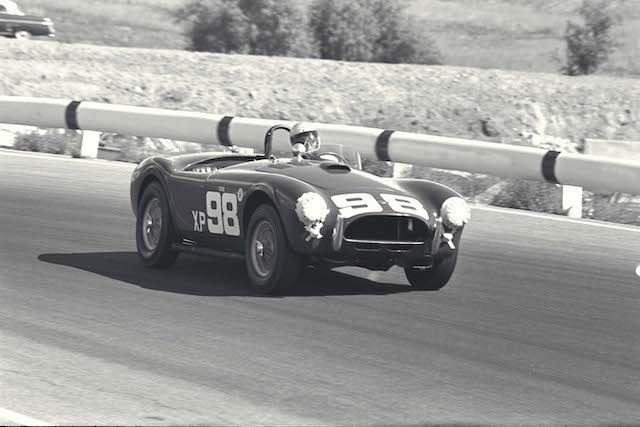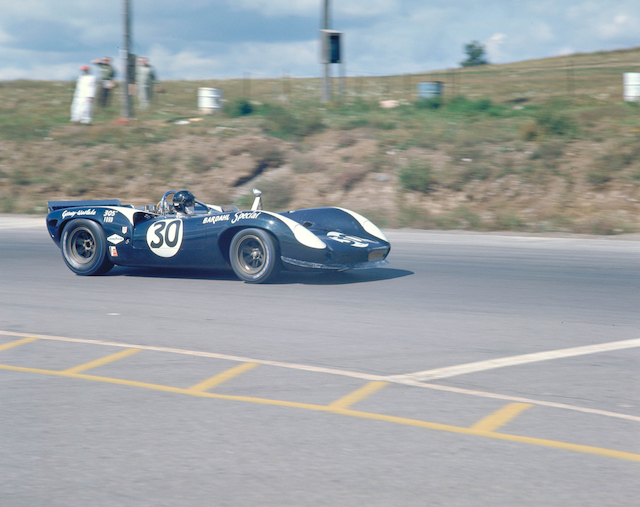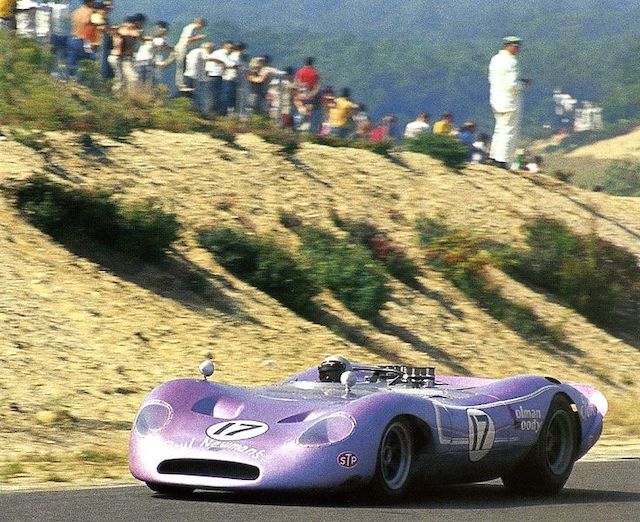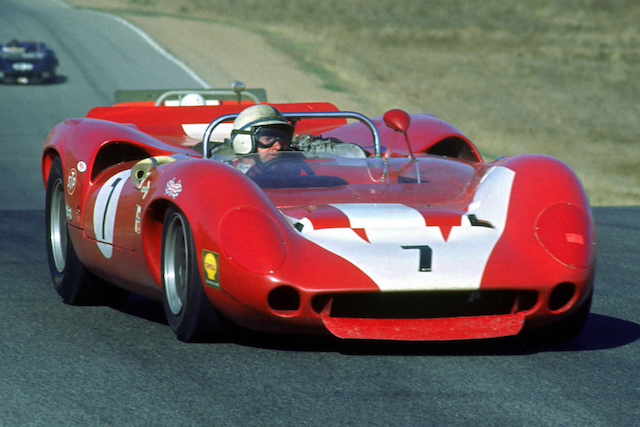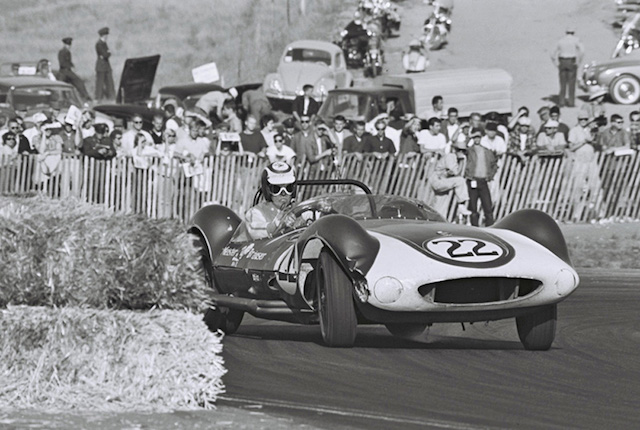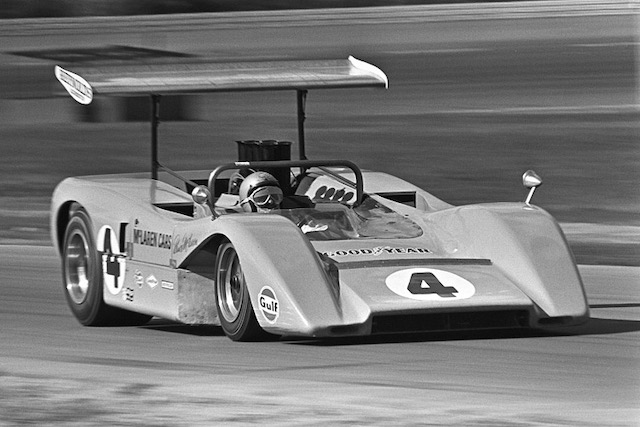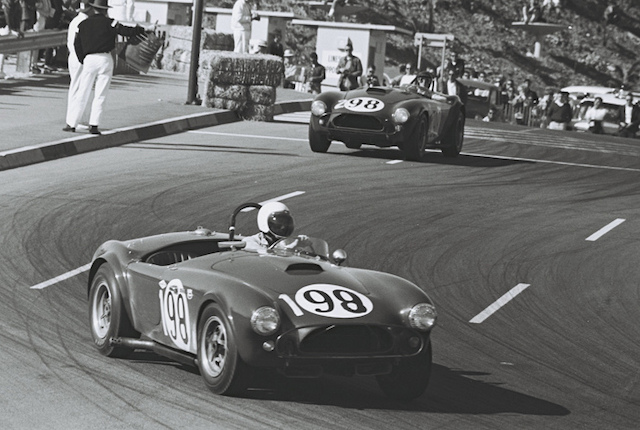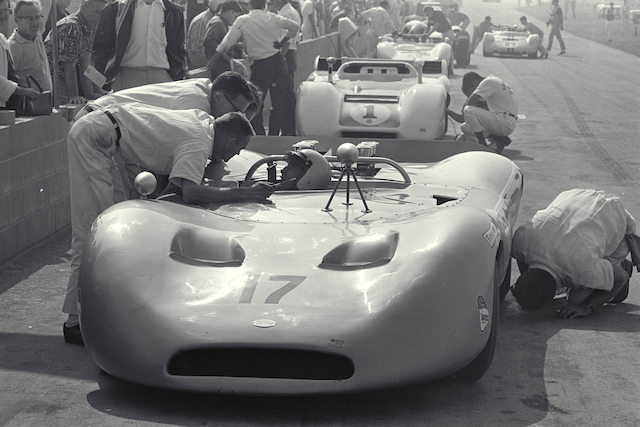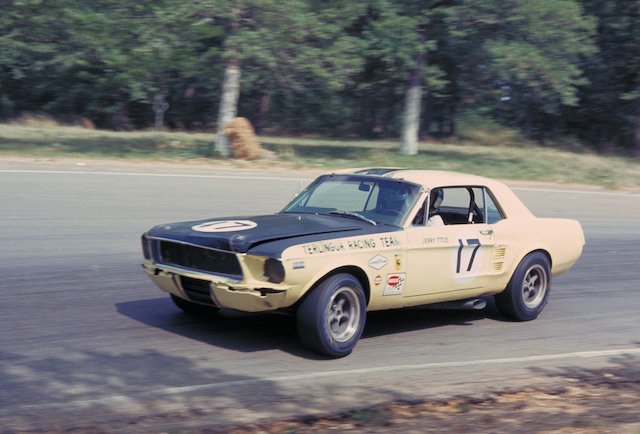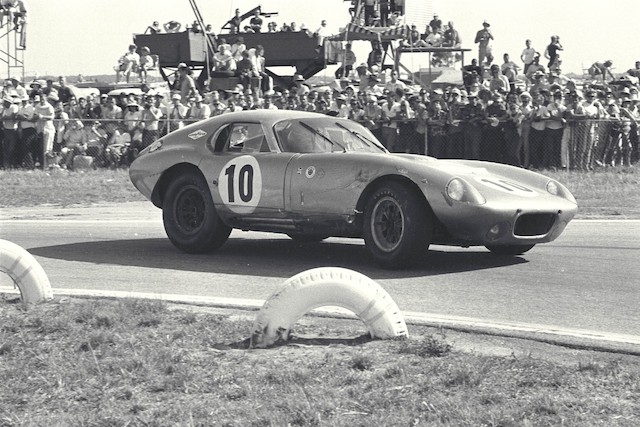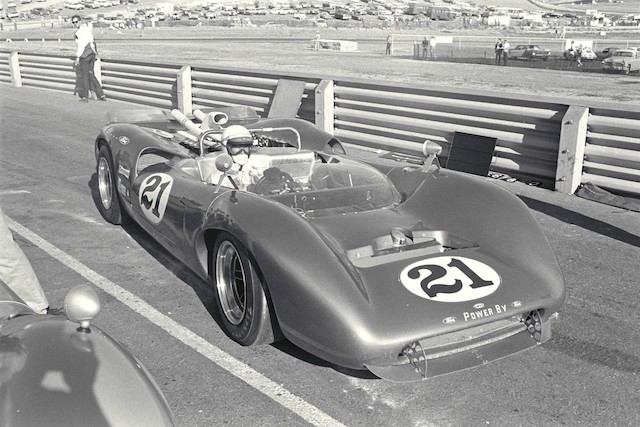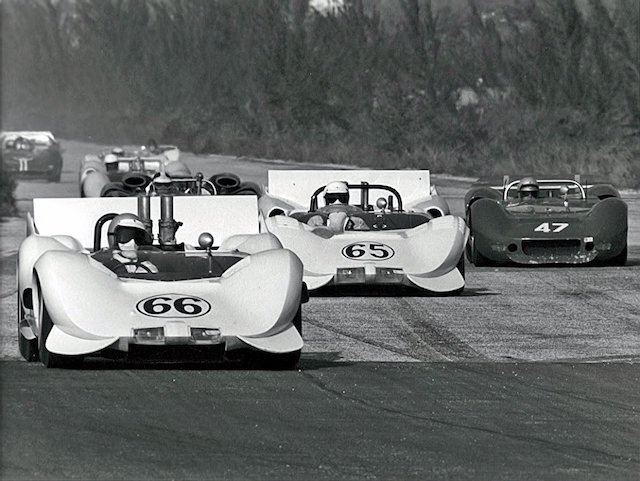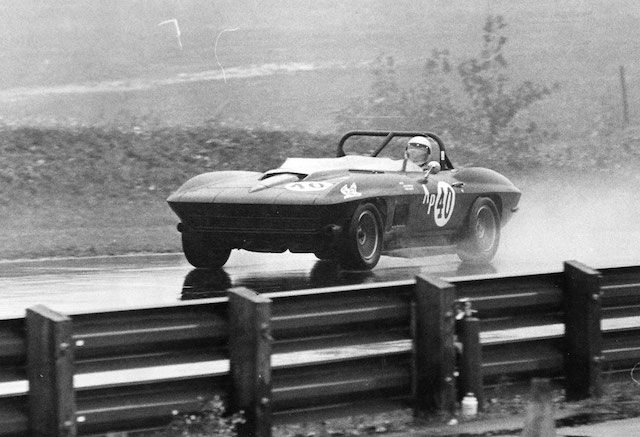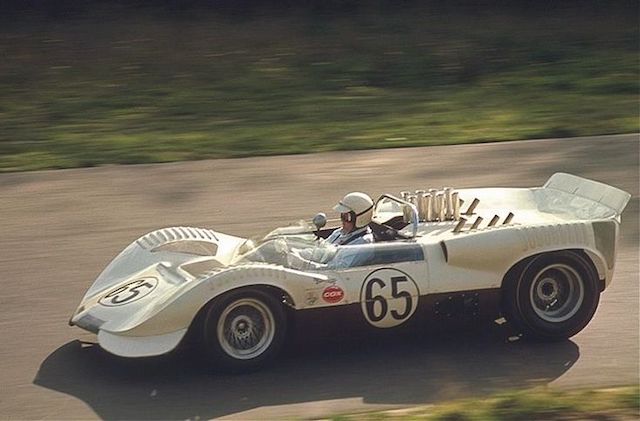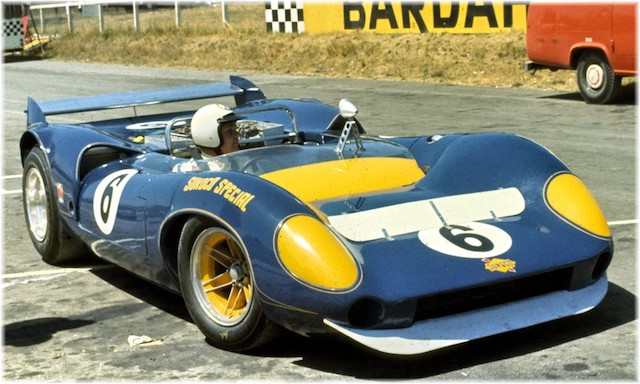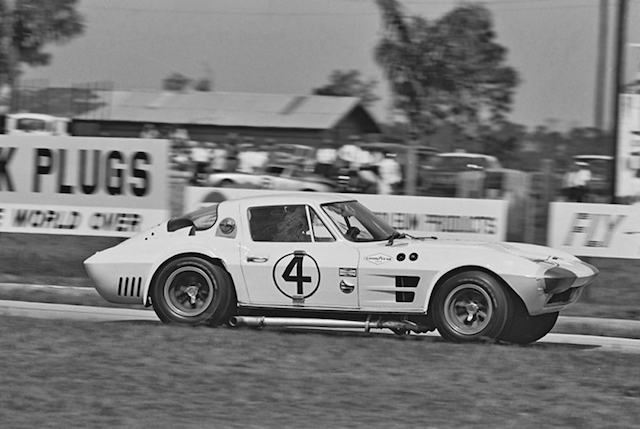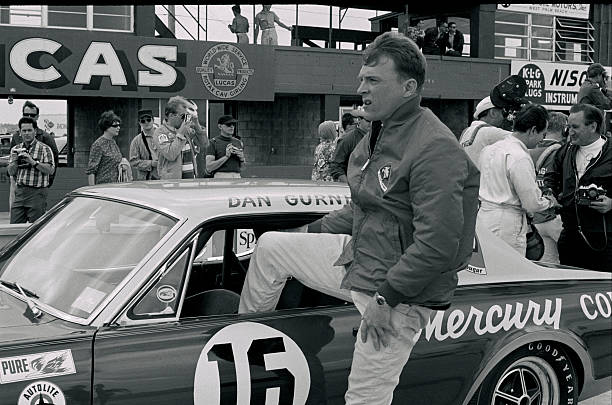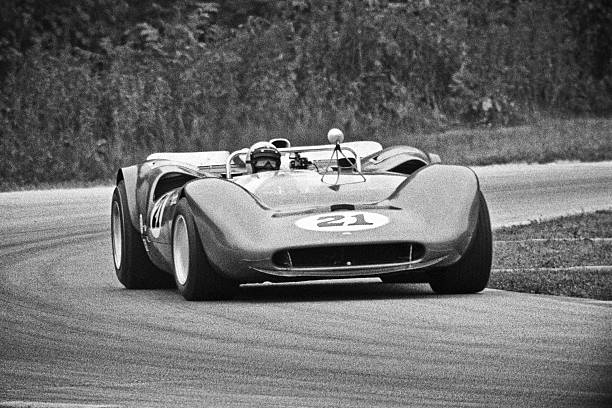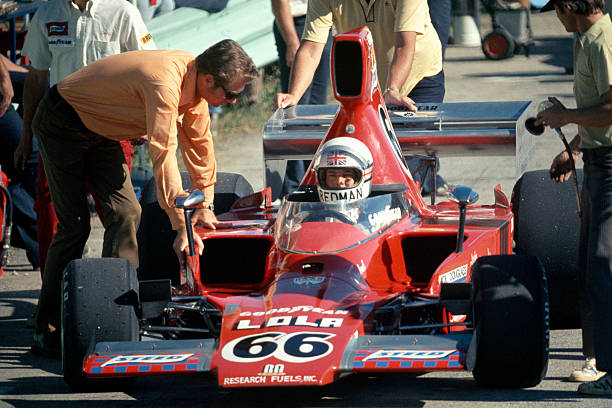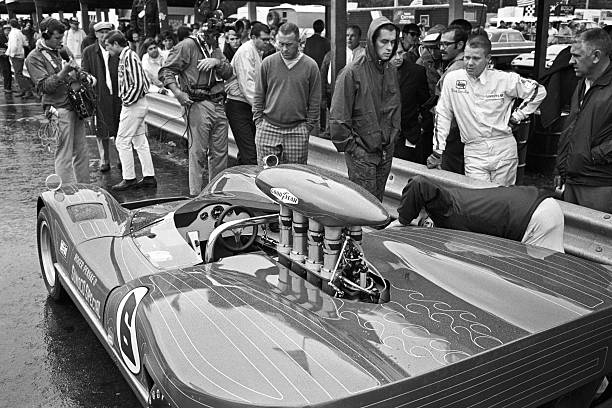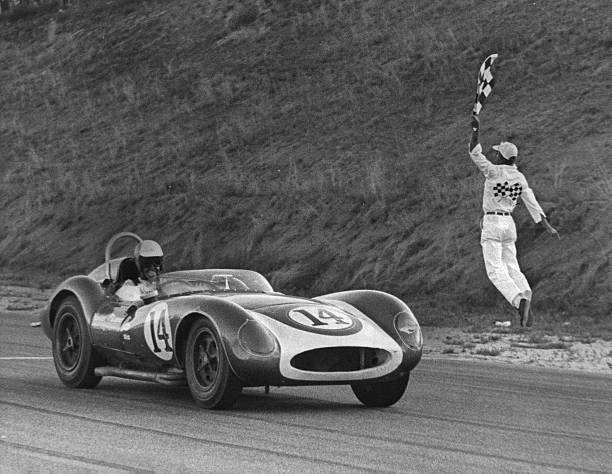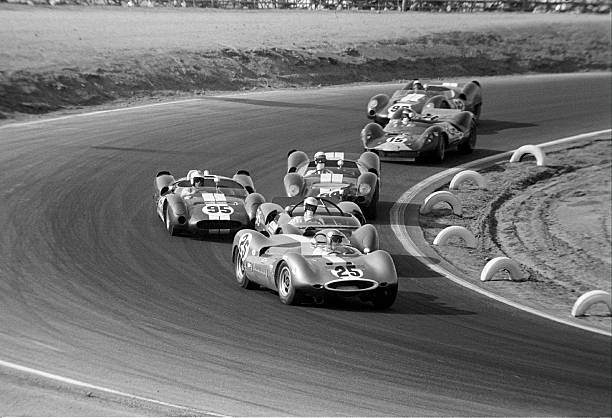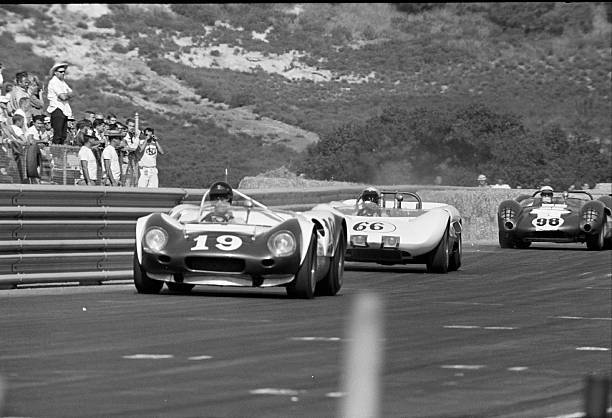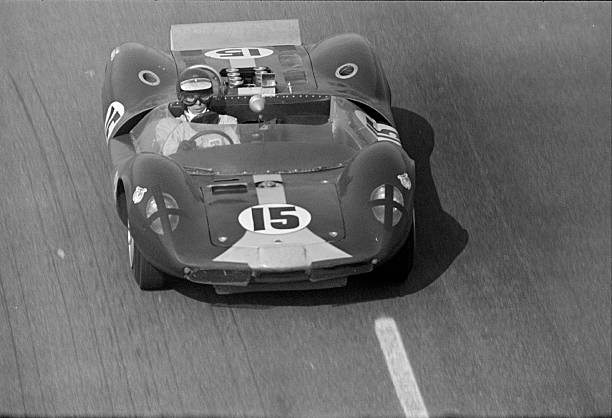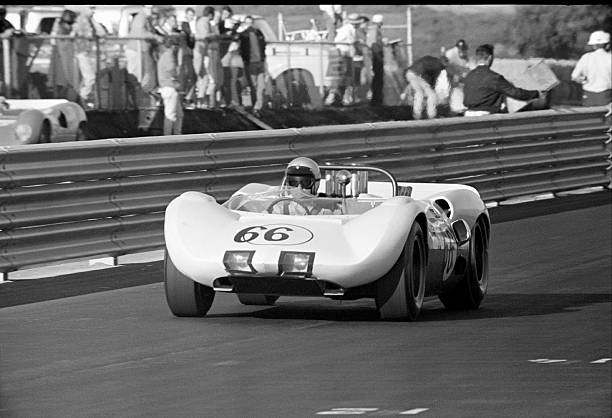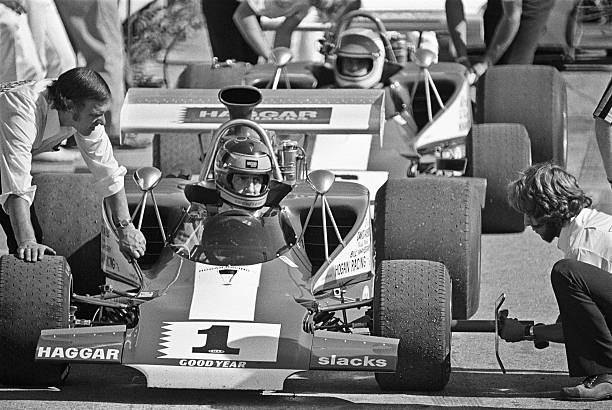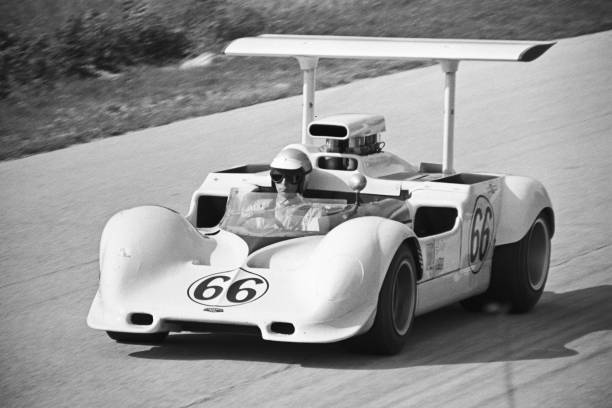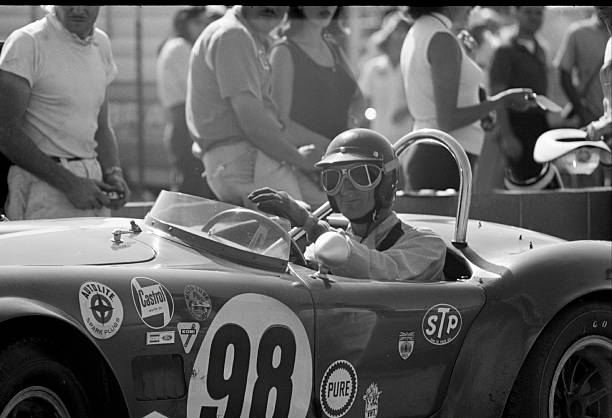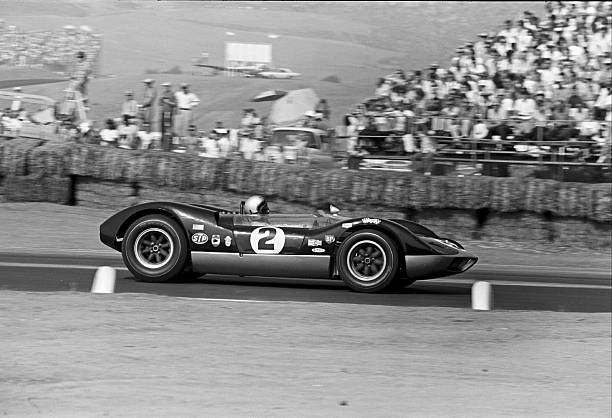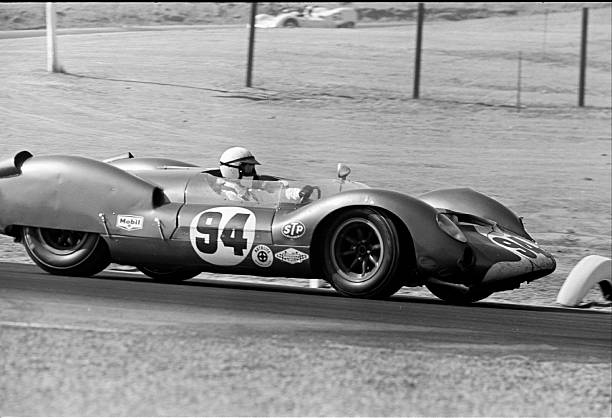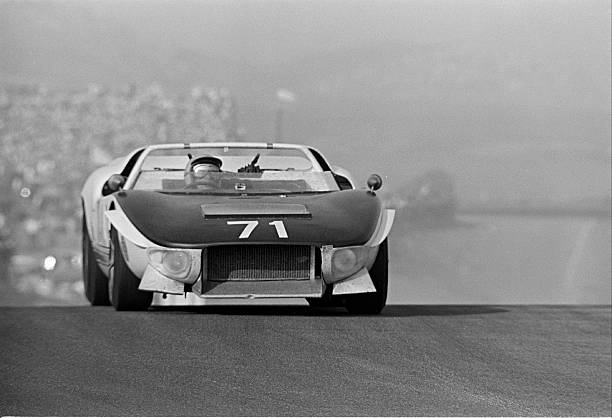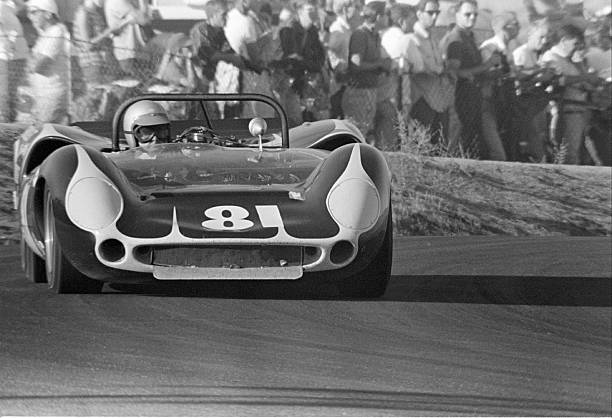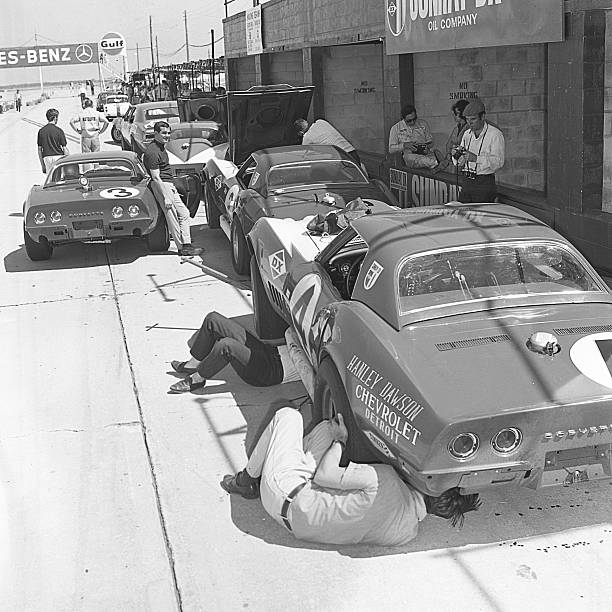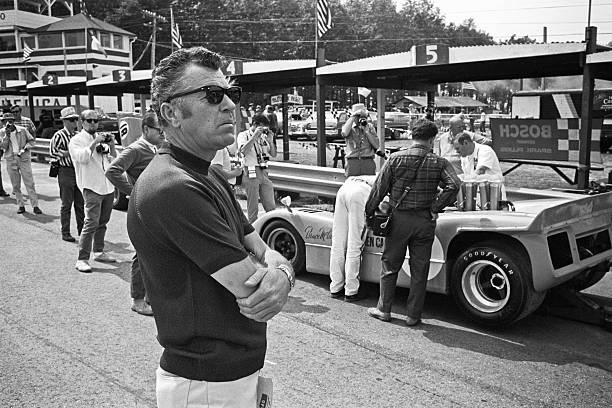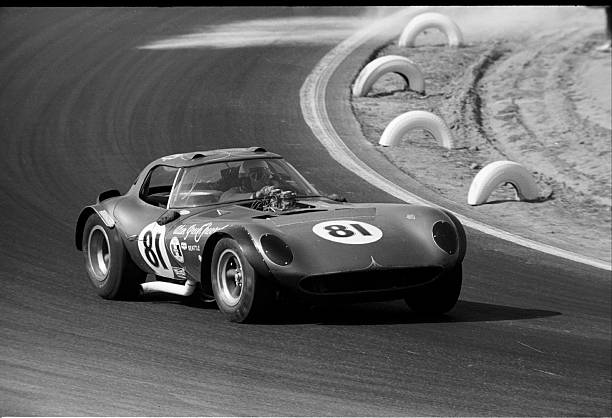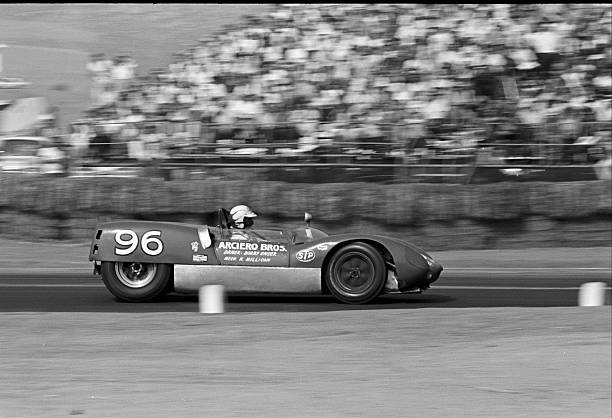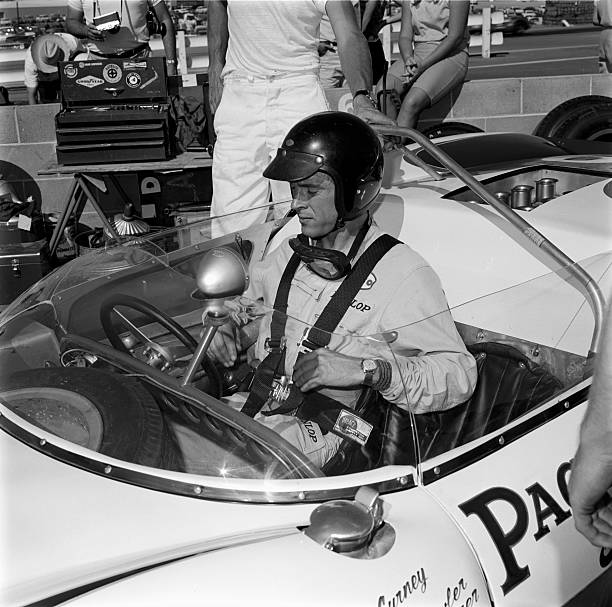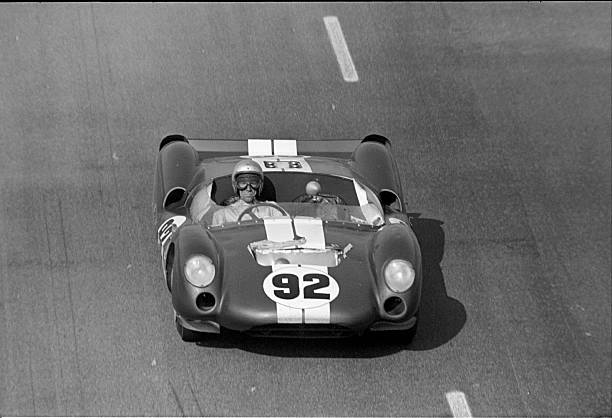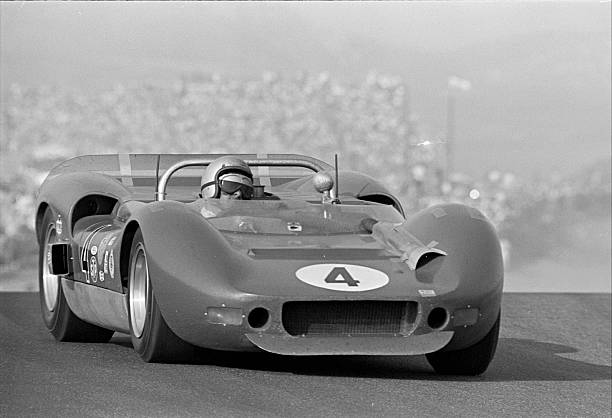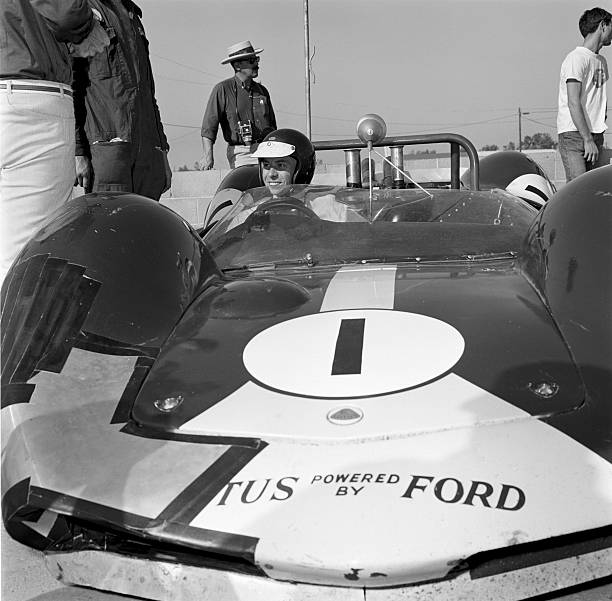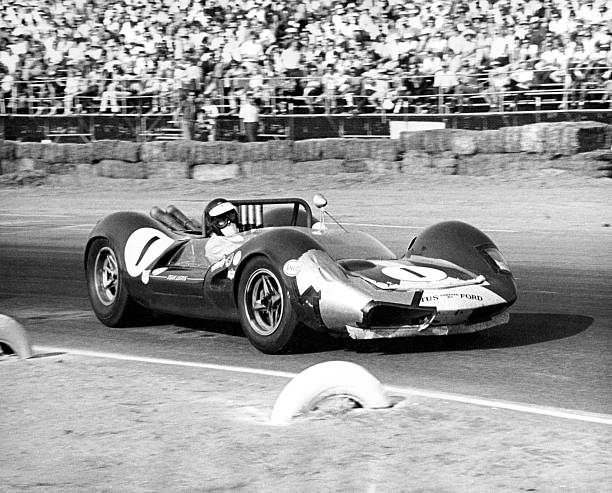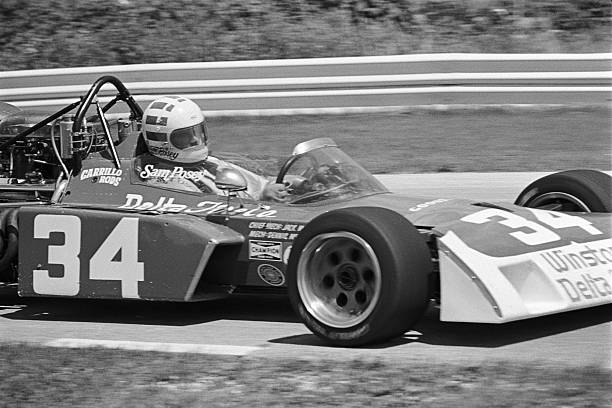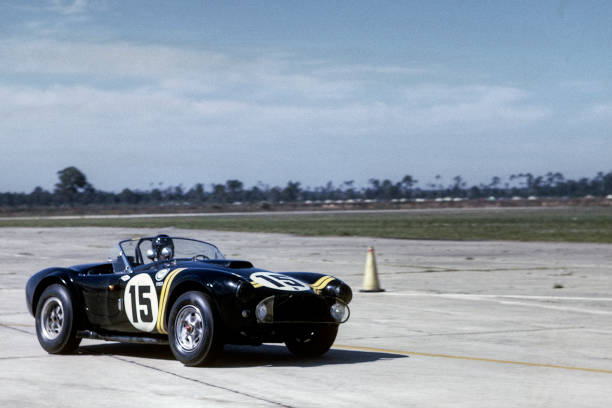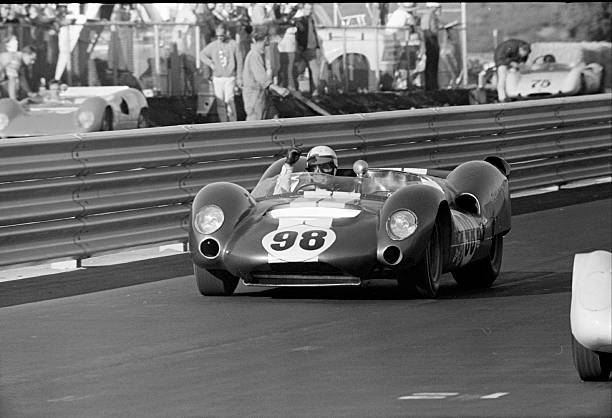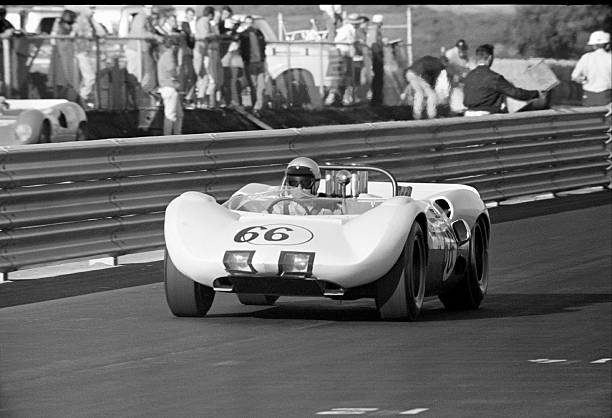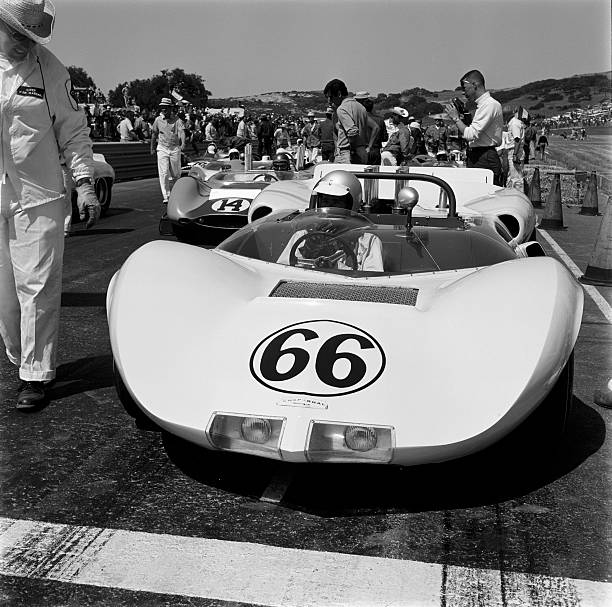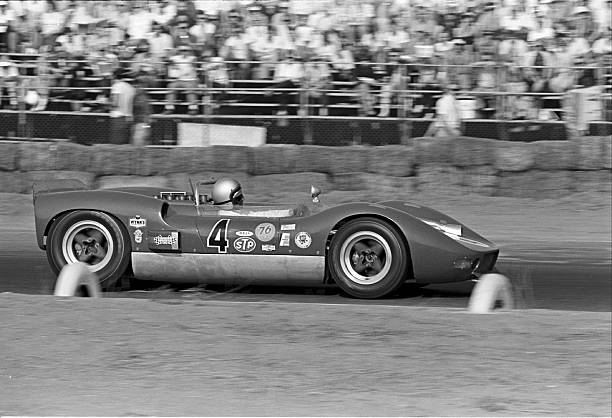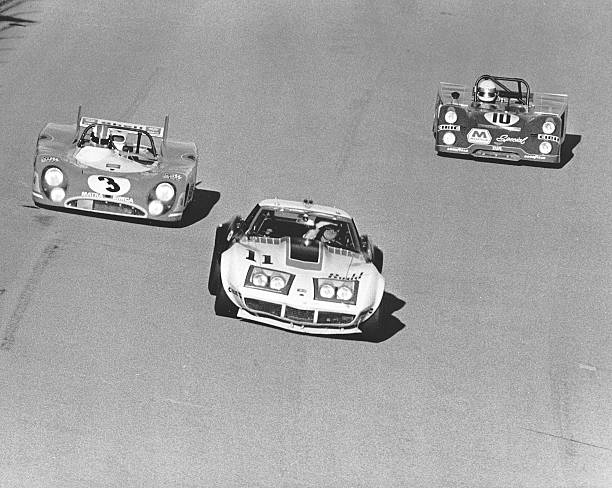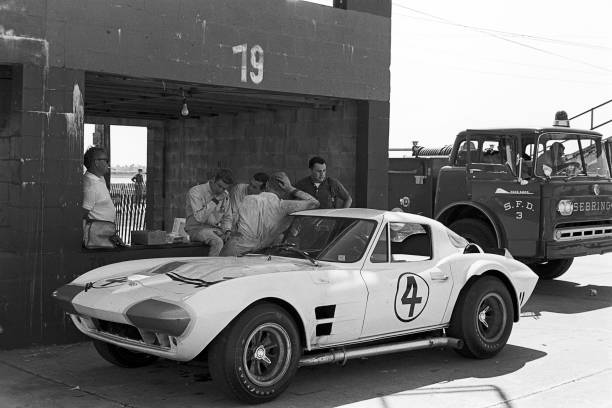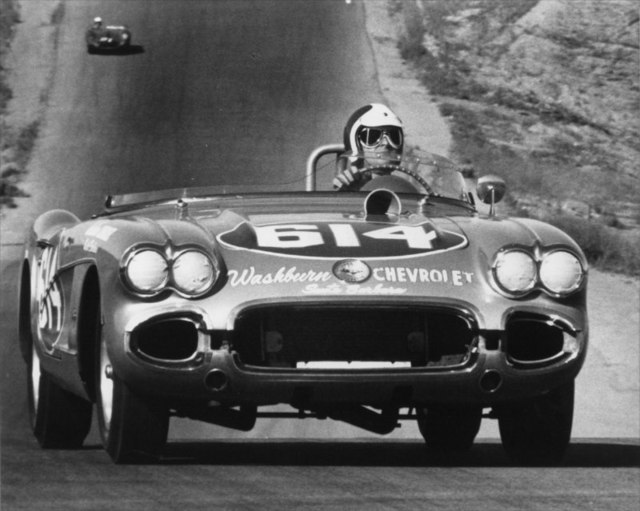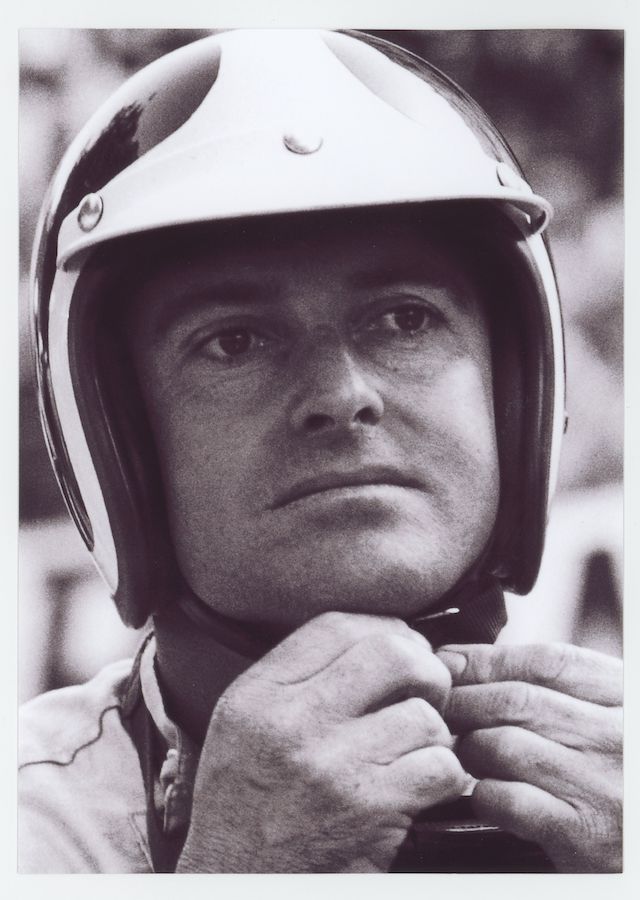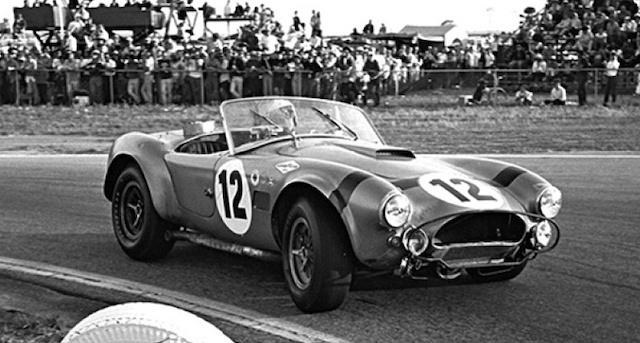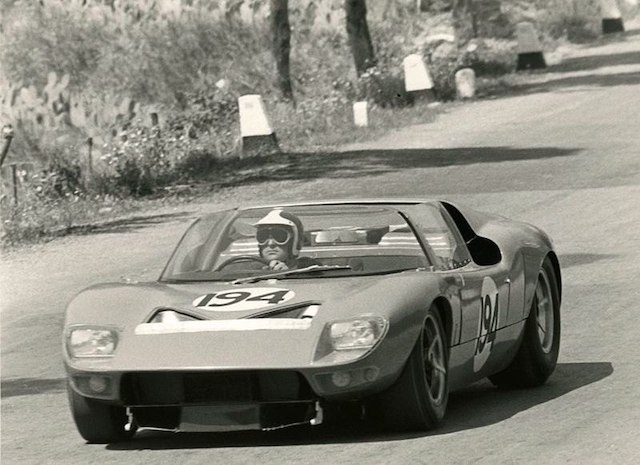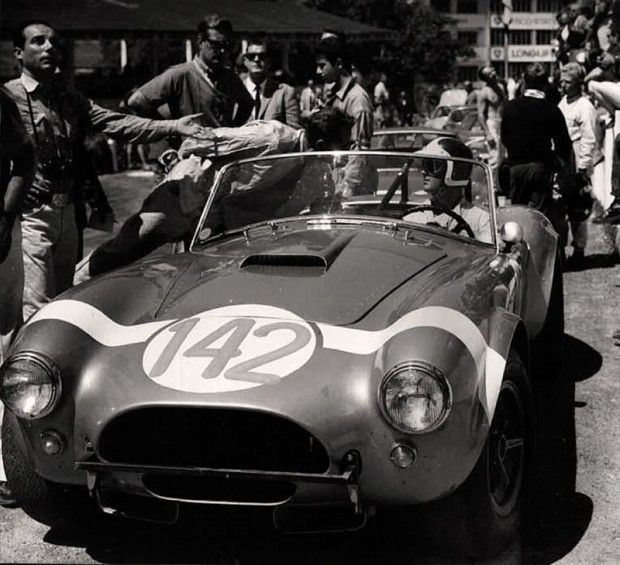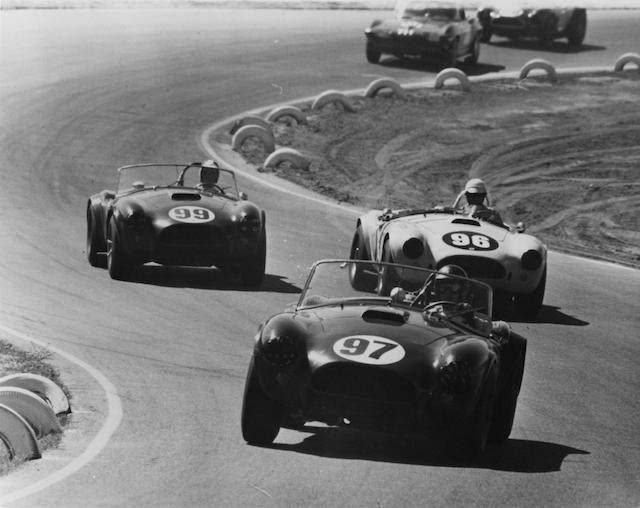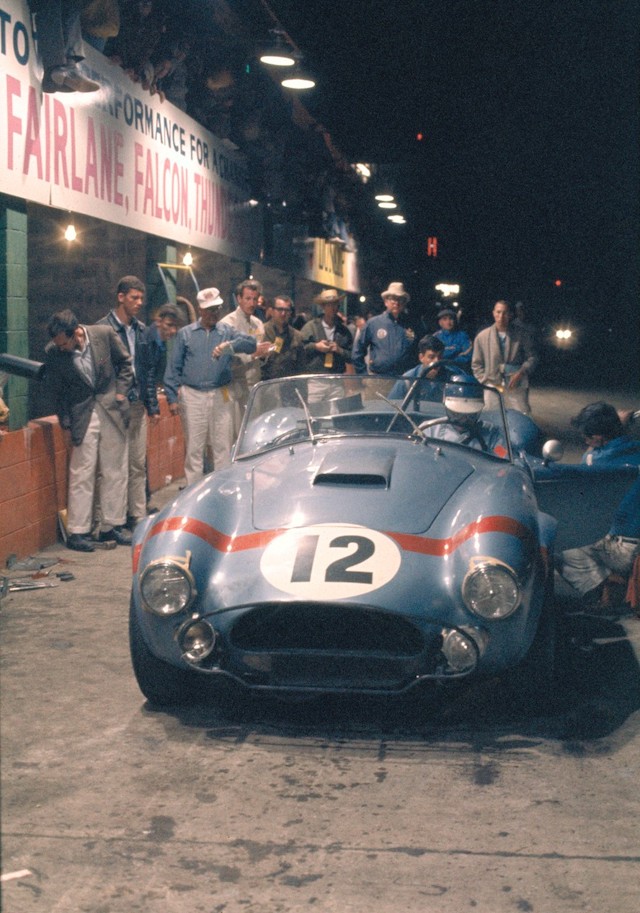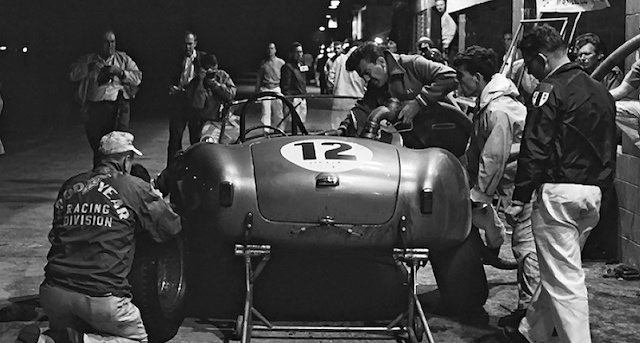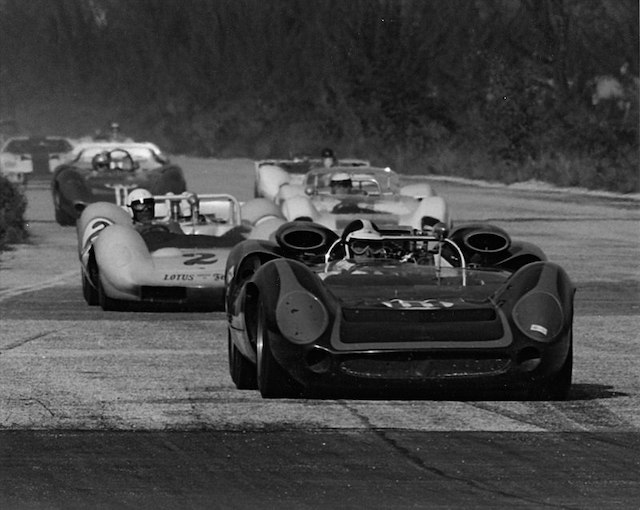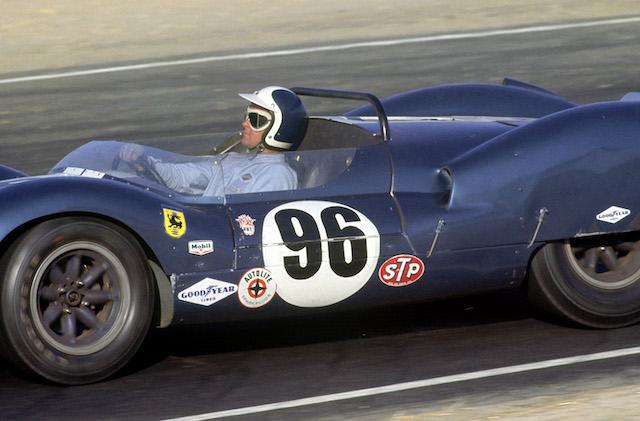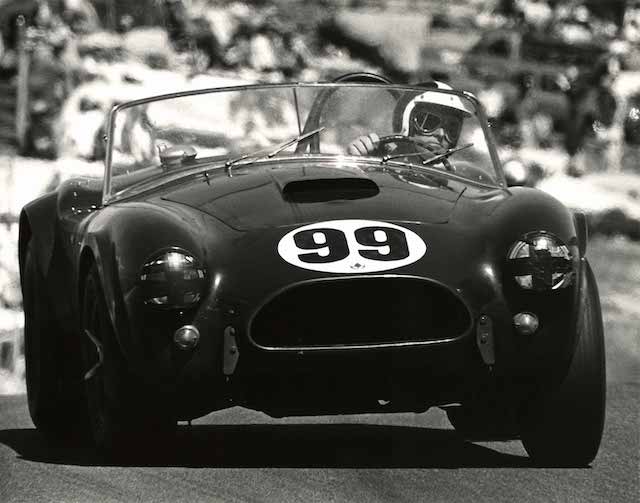Editor-in-Chief's Note: I was going to write a new Fumes column, but since the hand-wringing and furor over the on-track incident between Lewis Hamilton and Max Verstappen at the British Grand Prix continues unabated - at least in some circles - we're going to re-run my column on the subject from last week. That the powers that be and the participants in F1 lost all perspective years ago is no secret. Everything with F1 is over-the-top, and to the sport's detriment too. The mind-numbing financial requirements and the track demands in order to have the "privilege" of holding an F1 race before the circus deigns to grace the country's venue with their presence is unconscionable. And the fact that the stumblebums of the FIA are involved just compounds the ridiculousness. That Red Bull Racing continues to stoke the fires of outrage over the incident is beyond laughable at this point. The entire F1 circus needs to get over itself, come down to earth and start conducting themselves like a proper motor racing entity, instead of a bunch of self-important wankers hell-bent on diminishing what was once - a long, long time ago - a pretty riveting sport. -PMD
By Peter M. DeLorenzo
Detroit. It's no surprise that legions of racing experts - aka the Twitter hordes with a keyboard - were quick to weigh in about the incident at Copse between Lewis Hamilton and Max Verstappen on Lap 1 of the British Grand Prix on Sunday. Blessed with no experience and full of knee-jerk reactions, these "experts" were quick to condemn Hamilton as deserving of full blame and equally quick to absolve Verstappen of any wrongdoing. As with most racing incidents, Sunday's coming together of Hamilton and Verstappen was far from being cut and dried; instead, it lives in that gray area that can be endlessly debated, that is until the next on-track incident.
Lest we forget, these were the two principal combatants for the 2021 World Driving Championship, and at this point in the season there's no quarter asked or given. Verstappen's increasingly aggressive on-track behavior this season has been well-documented. It was clear that the battle between Max and Lewis was coming to a head, and it boiled over in full measure at Copse. From Verstappen's perspective, he commented on social media: “Obviously disappointed with being taken out like that. The penalty given does not help us in any way and doesn’t do justice to the dangerous move Lewis made on track. Watching the celebrations after the race while still in hospital is disrespectful and unsportsmanlike behaviour but we move on.” So there's that. From Hamilton's perspective: “When someone’s just too aggressive these things are bound to happen. I hope he’s ok because of course I would love to have a wheel to wheel battle for the whole race. I enjoy racing with him and I’m looking forward but I will never back down from anyone and I naturally would not be bullied into being less aggressive. I think today, this weekend, we needed the points and there was a gap. He left a gap and I went for it.”
I have no experience in the subject matter; flogging my go-kart and dabbling in Formula Ford does not constitute a platform of expertise. That, of course, didn't stop the Twitter hordes from weighing in. I will defer to the racers who know of such matters instead:
"Nothing intentional or nothing that any of the two drivers did wrong in my opinion. That was an unlucky moment." -Fernando Alonso
"I think it’s a racing incident. It is quite difficult to put the blame on one or the other." -Charles Leclerc
"Hamilton could never make the apex as Max had pushed him right into the old pit wall, so he was off line. You also don’t/can’t turn in when you haven’t cleared the other car. Asking for trouble..." -David Hobbs
"I seem to remember in Austria a couple of years ago Charles Leclerc being literally pushed off the road by his pursuer. Hmm... now it’s a dangerous dangerous move???" -David Hobbs
As you might have guessed by now, I consider Sunday's contretemps a racing incident, pure and simple. There's one thing about this incident that I will weigh in on, however, and that is the chorus of racial hatred directed toward Lewis Hamilton after the race on social media and other outlets. The way this man has been treated throughout his career has been disgraceful, despicable and disgusting. I am glad the entire F1 community including the FIA and the other F1 teams - including Red Bull Racing - condemned the hatred directed toward Lewis Hamilton:
“Formula One, the FIA and the Mercedes-AMG Petronas F1 Team condemn this behavior in the strongest possible terms. These people have no place in our sport and we urge that those responsible should be held accountable for their actions. “Formula One, the FIA, the drivers and the teams are working to build a more diverse and inclusive sport, and such unacceptable instances of online abuse must be highlighted and eliminated.”
Red Bull also issued a statement criticizing the attacks on Hamilton: “While we may be fierce rivals on-track, we are all united against racism. We condemn racist abuse of any kind towards our teams, our competitors and our fans. As a team we are disgusted and saddened to witness the racist abuse Lewis endured yesterday on social media after the collision with Max. There is never any excuse for it. There is certainly no place for it in our sport and those responsible should be held accountable.”
Yes, it is simply unforgivable and inexcusable. And it echoes the treatment directed toward the players of color on the British national soccer team after their loss a couple of weeks ago.
On track, the incident between Max and Lewis was "just one of them racin' deals" as we like to say around here. Off track, what happened is a sad commentary about where we are today as a global society.
And that's the High-Octane Truth for this week.

(Honda)
Monte Carlo, May 7, 1967. John Surtees (No. 7 Honda Racing Honda RA273 V12) exits the tunnel during the Monaco Grand Prix. Surtees qualified third behind Jack Brabham (No. 8 Brabham BT19-Repco V8) and Lorenzo Bandini (No. 18 Scuderia Ferrari 312 V12) but did not finish the race. Denny Hulme (No. 9 Brabham BT19-Repco V8) won that day, followed by Graham Hill (No. 14 Lotus 33 BRM V8) and Chris Amon (No. 20 Scuderia Ferrari 312 V12). This race will forever be remembered for the loss of Lorenzo Bandini, who had a terrible, fiery crash on Lap 82 (of 100) and succumbed to his injuries in the hospital on the Wednesday after the race.






























